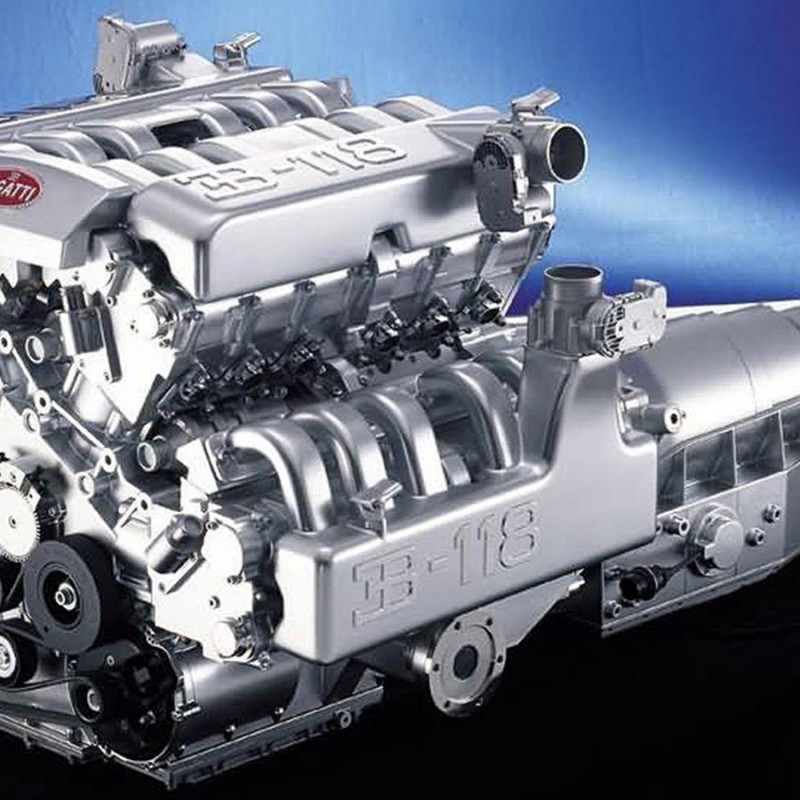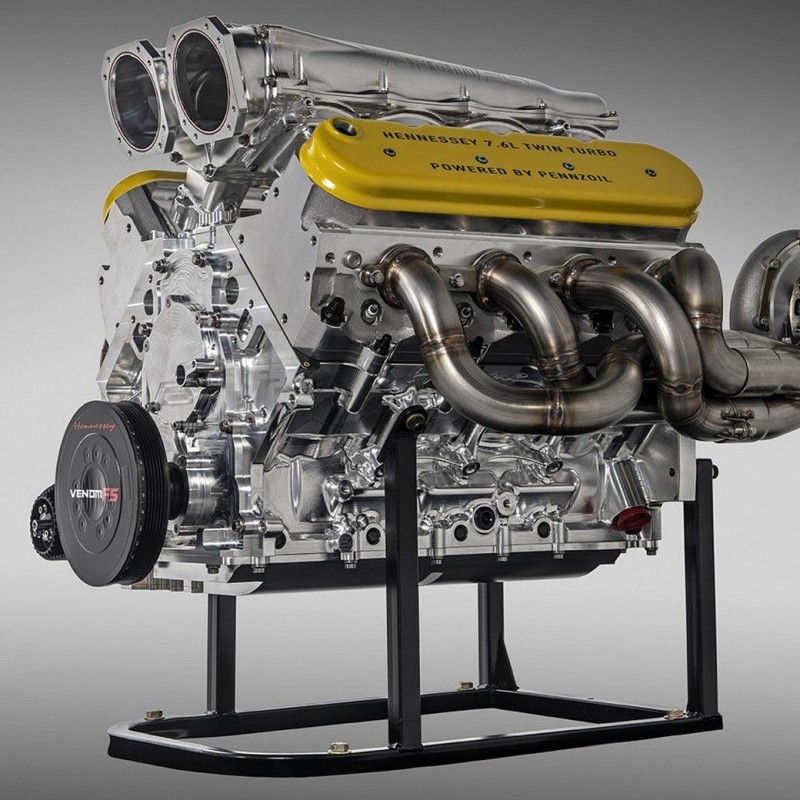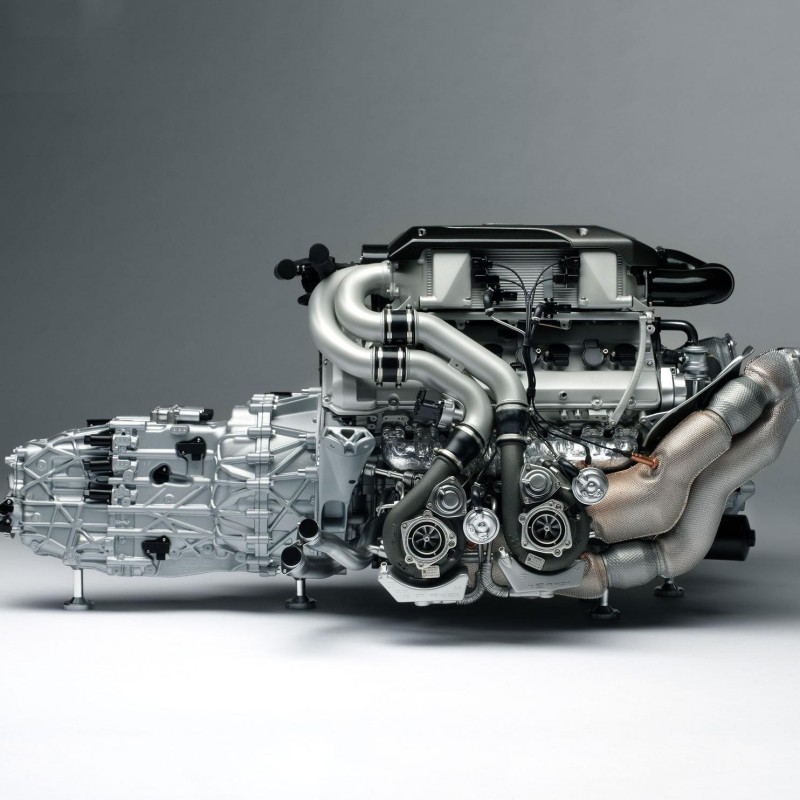In the face of rising fuel costs and increasing environmental awareness, the automotive industry has seen significant innovation in recent years. Among these developments, bi-fuel engine have emerged as a popular choice for consumers and fleets looking to improve fuel efficiency and reduce emissions. Bi-fuel engine are designed to operate on two different types of fuel, typically a combination of gasoline and an alternative fuel source, such as compressed natural gas (CNG) or propane. This dual-fuel capability allows for flexible fuel choices based on availability and cost. By harnessing the strengths of both fuel types, bi-fuel engines can optimize performance and minimize environmental impact. In this comprehensive article, we will delve into the mechanics of bi-fuel engine, the benefits and challenges they present, their environmental impact, and their place in the future of the automotive industry. Through this exploration, you will gain a deeper understanding of bi-fuel engines and their potential for a more sustainable transportation future.
Understanding Bi-Fuel Engines
To appreciate the advantages and functionalities of bi-fuel engines, it is essential to understand how they operate and the underlying technology.
What is a Bi-Fuel Engine?
A bi-fuel engine is an internal combustion engine capable of running on two different fuels. Unlike dual-fuel engines, which can operate on both fuels simultaneously, bi-fuel engines typically run on one fuel at a time. This design enables the vehicle to switch between fuels as needed, allowing for flexibility and potential cost savings depending on fuel availability and price.
How Do Bi-Fuel Engines Work?
Bi-fuel engines usually come equipped with a dedicated fuel system for each type of fuel. This means that each fuel source has its own tank, fuel lines, injection system, and other related components. The engine’s control system manages the transition between fuel types, ensuring optimal performance. When switching from one fuel to another, the driver can choose which fuel to use based on driving conditions or availability.
Example of Operation: When starting, the engine may use gasoline until it reaches a certain temperature, after which the driver can switch to compressed natural gas for improved efficiency. The process is facilitated using an electronic control unit (ECU) that monitors various parameters to ensure smooth operation.
Types of Fuel Used
Common fuel combinations for bi-fuel engines include:
- Gasoline and Compressed Natural Gas (CNG): One of the most popular combinations, CNG is a cleaner-burning fuel that produces fewer emissions compared to gasoline.
- Gasoline and Liquefied Petroleum Gas (LPG): Like CNG, LPG offers advantages in emissions reduction and is often used as an alternative for fleet vehicles.
- Diesel and Biofuels: Some bi-fuel systems allow diesel engines to operate on biodiesel or other biofuels, further reducing carbon emissions.
Benefits of Bi-Fuel Engines
The growing interest in bi-fuel engine can be attributed to several factors that highlight their advantages over traditional single-fuel engines.
1. Reduced Emissions
One of the most significant benefits of bi-fuel engine is their potential for lowering greenhouse gas emissions. By utilizing cleaner-burning fuels such as CNG or LPG, these engines can drastically reduce harmful emissions like carbon dioxide (CO2), nitrogen oxides (NOx), and particulate matter.
2. Fuel Flexibility
Bi-fuel engines offer fuel flexibility, allowing drivers to choose the most cost-effective or readily available fuel source. This adaptability enables consumers to adjust their fuel choices based on market prices, fuel availability, or regional considerations.
3. Improved Fuel Economy
In many cases, bi-fuel engine can achieve better fuel economy than traditional gasoline engines. For example, running on CNG can result in lower fuel costs per mile. Additionally, the ability to switch fuels can enhance overall fuel efficiency.
4. Energy Security
By utilizing alternative fuels like CNG or LPG, bi-fuel engine contribute to energy security. Reducing reliance on oil can help mitigate the effects of fluctuating gas prices and enhance the energy independence of a region or nation.
5. Government Incentives
Many governments offer incentives for adopting bi-fuel technology. These incentives can include tax credits, rebates, or grants to help offset the installation costs of bi-fuel systems. As consumers become more environmentally conscious, these incentives promote the adoption of cleaner technologies.
Challenges of Bi-Fuel Engines
While bi-fuel engine present many advantages, they also come with challenges that potential users should consider.
1. Initial Costs
The initial cost of purchasing a bi-fuel vehicle can be higher compared to standard gasoline vehicles. This includes the price of the vehicle itself, as well as additional installation costs for the bi-fuel system. While government incentives can help, upfront costs remain a consideration.
2. Availability of Alternative Fuels
The availability of alternative fuels like CNG and LPG can vary significantly by region. In certain areas, the infrastructure required for refueling might not be well established, making it difficult for drivers to access these fuels consistently.
3. Reduced Performance
In some cases, bi-fuel vehicles may experience reduced performance in terms of power and acceleration compared to traditional gasoline vehicles. This is often a concern when switching to alternative fuels, especially for larger vehicles or those requiring higher power output.
4. Limited Choices of Bi-Fuel Vehicles
Although the market for bi-fuel vehicles is growing, options may still be limited in terms of available makes and models. This can restrict consumer choice compared to traditional single-fuel vehicles.
5. Regulatory Challenges
Certain bureaucratic hurdles can arise when adopting bi-fuel engine, particularly where regulations around alternative fuels are concerned. Navigating these regulations can create additional challenges for consumers and manufacturers.
Maintenance Considerations for Bi-Fuel Engines
Proper maintenance is crucial for ensuring the longevity and performance of bi-fuel engine. Understanding these requirements can help owners make informed decisions regarding service and care.
1. Regular Inspections
Having regular inspections conducted by qualified technicians helps identify any issues before they escalate. This includes checking fuel lines, hoses, and connections for signs of wear or leaks.
2. Fuel Quality Maintenance
Using high-quality fuel is vital for maintaining a bi-fuel engine’s efficiency and performance. Poor quality fuel can lead to engine knocking, increased emissions, and reduced power output.
3. Keep Fuel Tanks Clean
Maintaining clean tanks is essential for the effective operation of bi-fuel engine. Regular cleaning and inspections can mitigate issues with clogged injectors or fuel lines.
4. Tune-Ups and Regular Services
Participating in regular tune-ups and adhering to the manufacturer’s service schedule is important for overall vehicle health. Ensuring proper maintenance of both fuel systems can maximize engine performance.
5. Monitor Engine Performance
Drivers should monitor their engine’s performance closely. Unusual noises, vibrations, or decreased efficiency can indicate underlying issues that may require immediate attention.
Case Studies of Bi-Fuel Engines in Practice
To understand how bi-fuel engine are being implemented in the real world, let’s explore a few notable case studies.
1. Municipal Fleets
Many municipalities have begun incorporating bi-fuel vehicles into their fleets to improve energy efficiency and reduce emissions. For example, cities often utilize bi-fuel buses running on CNG, contributing to cleaner air and lower operational costs.
2. Delivery Services
Companies in the delivery and logistics industry frequently adopt bi-fuel engine to lower their carbon footprint while maintaining operational efficiency. By utilizing CNG or LPG, these companies have successfully reduced fuel costs and stabilized their supply chain against fluctuating oil prices.
3. Agriculture and Farming
Farm operations have also adopted bi-fuel technology through the use of alternative fuels for tractors and other equipment. Using bi-fuel engine has been shown to improve energy efficiency while allowing farmers to control operational costs significantly.
4. Personal Vehicles
The number of bi-fuel vehicles in the consumer market is increasing. Car manufacturers are starting to offer vehicles equipped with bi-fuel engine technology, allowing individuals to experience the advantages of cleaner energy sources.
The Future of Bi-Fuel Engines
As the world shifts toward more sustainable energy solutions, the future of bi-fuel engines looks promising. Several trends suggest that this technology will continue to evolve.
1. Increased Availability of Alternative Fuels
As infrastructure for refueling with alternative fuels expands, the accessibility of CNG and LPG will likely improve. This growth could lead to broader acceptance and use of bi-fuel engines by consumers and businesses alike.
2. Technological Advancements
Ongoing research and development in bi-fuel engine technology will likely produce more efficient, powerful, and versatile engines. Improvements in fuel injectors, engines, and electronic controls can enhance performance.
3. Rising Environmental Awareness
The push for sustainability continues to grow, contributing to a shift in consumer sentiment that favors environmentally friendly technologies. As people prioritize cleaner transportation options, bi-fuel engines will likely gain traction.
4. Financial Incentives and Policies
Governments around the world are increasingly incentivizing cleaner fuels and energy technologies. Support for bi-fuel systems through incentives, grants, and tax credits can further encourage adoption.
5. Expanded Vehicle Offerings
As automakers recognize the value of bi-fuel technology, more consumer and commercial vehicles equipped with bi-fuel engines are expected to hit the market. This diversification will appeal to a more extensive range of customers.
Conclusion
Bi-fuel engines represent an innovative solution to the challenges of modern transportation. By allowing vehicles to operate on alternative fuels such as CNG and LPG, these engines not only enhance efficiency and reduce emissions but also empower consumers with greater flexibility in their fuel choices. While challenges such as initial costs and limited availability persist, the benefits of adopting bi-fuel technology are clear.
As the automotive industry continues to evolve, so too will the technology surrounding bi-fuel engines. Increased investments in infrastructure, advancements in engine design, and growing consumer demand for sustainable options will likely propel bi-fuel vehicles into the spotlight.
For individuals, businesses, and municipalities seeking to reduce their carbon footprint while maintaining operational efficiency, bi-fuel engines offer a promising path forward. Embracing this technology can lead to cleaner air, improved fuel economy, and greater energy independence, ultimately contributing to a more sustainable future.